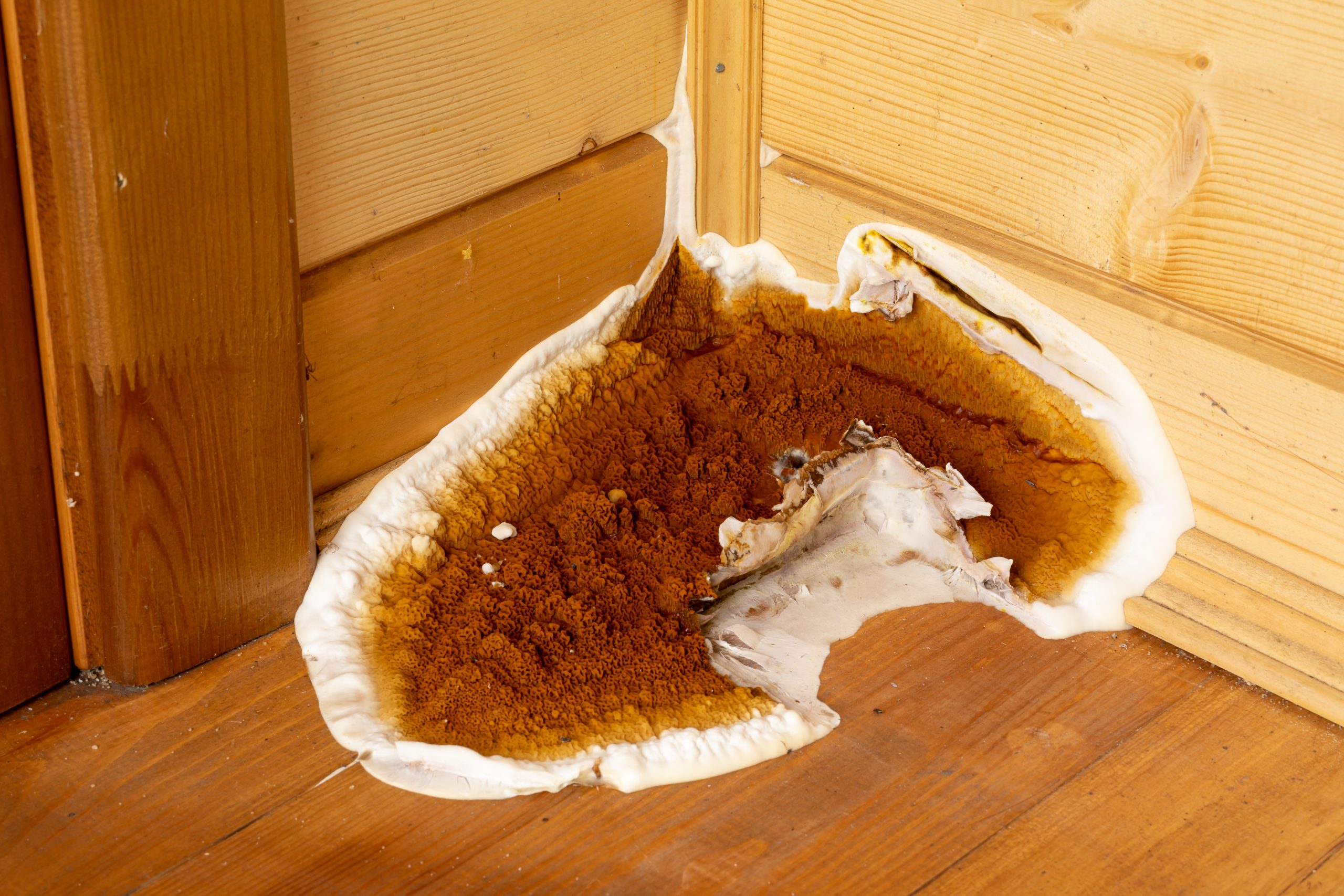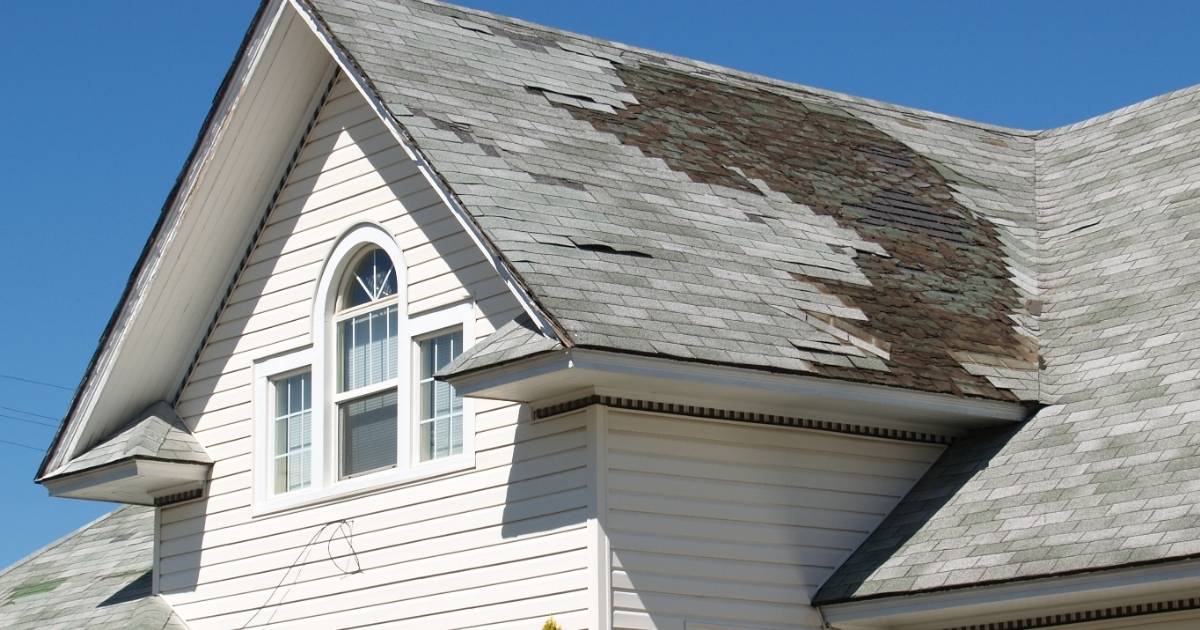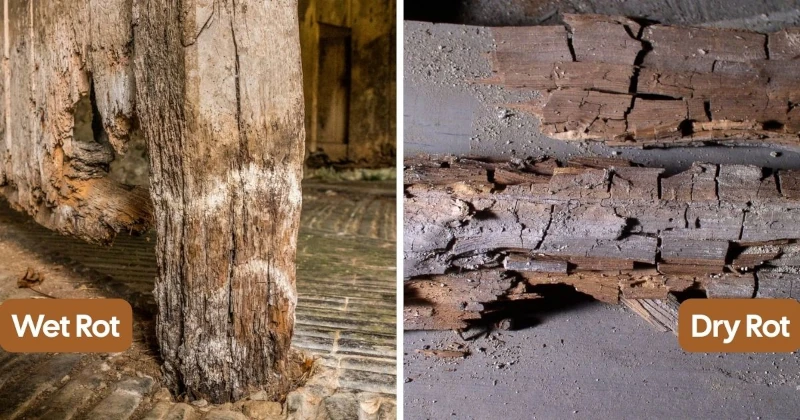Dry rot—it’s one of those things that most of us have heard about but might not fully understand until it sneaks into our home. As someone who works with wood and building materials daily, we know how sneaky and destructive dry rot can be.
Today, let’s take a deep dive into what dry rot is, its causes, symptoms, and, most importantly, how we can deal with it to protect the structural integrity of our homes.
What is Dry Rot?
Dry rot is a type of fungal decay that affects timber. It’s caused by a specific fungus, Serpula lacrymans, which feeds on the wood, breaking down its cellulose and leaving it brittle and weak. Despite its name, dry rot thrives in damp conditions. It can spread quickly and compromise the structural integrity of wooden elements like door frames, skirting boards, and even entire support beams.
Unlike some other types of wood decay, dry rot can travel through non-wood materials like plaster or masonry to find new wood to feed on, making it a particularly troublesome issue.
Causes of Dry Rot
Dry rot starts with moisture. Wood that has a moisture content of 20% or more creates the perfect breeding ground for fungal spores. Once the spores settle, the real trouble begins.
Here are the primary causes of dry rot:
- Leaky doors and windows: Water sneaking in through poorly sealed areas can create dampness in wood.
- Plumbing leaks: Broken pipes or faulty plumbing can saturate wooden building materials.
- Poor ventilation: Without proper airflow, damp areas can stay wet longer, allowing fungi to thrive.
- Roof or gutter issues: Faulty gutters or damaged roofs can lead to water pooling and soaking into wood.
The fungus behind dry rot is persistent, and even a small, consistent source of moisture can kick off the problem.
Symptoms of Dry Rot

Spotting dry rot early can save you a lot of headaches (and money). But what does it actually look—or even smell—like?
Here are the telltale signs:
1. Musty Smell
Dry rot often has a distinct musty smell, similar to damp, earthy odors. If you notice this scent in areas with exposed wood, it’s time to investigate.
2. Red Dust
Dry rot can produce a reddish-brown dust, which is actually the fungal spores. You might find this dust near infected wood or on surrounding surfaces.
3. Fruiting Body
In advanced stages, dry rot produces a mushroom-like growth called a fruiting body. This can appear as a fleshy, circular growth that’s orange or rust-colored.
4. Wood Damage
- Crumbling wood: Wood affected by dry rot becomes soft and crumbles when touched.
- Deep cracks: You might notice cuboidal cracking, where the wood breaks into small, cube-like pieces.
5. Discolored or Damaged Skirting Boards
Skirting boards near damp areas can warp, crack, or even crumble if dry rot sets in.
6. Affected Door Frames
Dry rot often targets door frames near areas of moisture, like entryways or bathrooms. Check for cracks, softness, or discoloration.
7. Structural Issues
In severe cases, dry rot can eat through structural integrity, compromising the stability of walls, floors, or ceilings.
How Dry Rot Spreads: The Life Cycle
Understanding the life cycle of dry rot can help us prevent it from spreading further. Here’s how it works:
- Spores - Dry rot begins as fungal spores. These tiny particles are everywhere and harmless unless they land on damp wood.
- Hyphae Growth - Once the spores find moisture, they germinate into thread-like structures called hyphae. These hyphae penetrate the wood and begin breaking it down.
- Mycelium Spread - As the fungus grows, it forms a white or gray mass known as mycelium. The mycelium spreads across wood and even through non-wood surfaces in search of fresh timber to feed on.
- Fruiting Body Formation - In the final stage, the fungus produces a fruiting body, which releases more spores to continue the cycle.
Stopping dry rot involves breaking this cycle by removing moisture and treating the wood.
Solutions: How to Treat and Prevent Dry Rot
Now that we’ve covered the causes and symptoms, let’s talk about what we can do to tackle dry rot. The good news? Dry rot can be treated and prevented with the right approach.
1. Identify the Source of Moisture

The first step is to figure out where the moisture is coming from. Look for:
- Leaks around doors and windows.
- Dripping pipes or plumbing issues.
- Blocked gutters or roof damage.
Fix these problems first, or the rot will just come back.
2. Remove Infected Wood
Any wood that’s too far gone should be removed and replaced. Use a saw or chisel to cut out the affected areas. Be thorough—dry rot can spread further than it seems.
3. Dry Out the Area
Once the moisture source is fixed, dry the area completely. Use dehumidifiers, fans, or even natural ventilation to reduce humidity levels.
4. Treat Remaining Wood
For wood that isn’t severely damaged, use a specialized fungicide to kill the fungus and prevent regrowth. Make sure the product is compatible with the type of wood in your home.
5. Rebuild with Treated Materials
When replacing infected wood, use treated timber or apply a preservative to prevent future rot.
Preventing Dry Rot in the Future
An ounce of prevention is worth a pound of cure, especially when it comes to dry rot. Here’s how we can protect our homes:
- Seal doors and windows: Ensure there are no gaps where water can seep in.
- Ventilation is key: Install vents or fans in areas prone to dampness, like bathrooms or basements.
- Regular maintenance: Check door frames, skirting boards, and other vulnerable areas for early signs of damage.
- Inspect your building materials: When starting new projects, use high-quality, treated wood to resist fungi.
- Keep an eye on your roof: Fix leaks and clean gutters regularly to avoid water damage.
Why Acting Quickly is Important
Dry rot can wreak havoc on your home’s structural integrity if left untreated. It doesn’t just damage the wood—it compromises your home’s safety. By addressing issues early, you save yourself from expensive repairs down the line.
Final Thoughts
Dry rot may be a silent destroyer, but with knowledge and a proactive approach, we can keep it at bay. Whether it’s sealing doors and windows, treating the type of wood in our homes, or staying vigilant for signs like red dust and a musty smell, every small step counts.
Let’s face it—our homes are our sanctuaries, and it’s up to us to protect them. If you think you’re dealing with dry rot, don’t hesitate to act. Together, we can preserve the beauty, safety, and longevity of our homes.
Got questions about dry rot? Reach out to us—we’re here to help!
FAQs
What exactly is dry rot?
Dry rot is a type of wood decay caused by a fungus (commonly Serpula lacrymans) that digests the cellulose in wood, weakening it structurally.
What causes dry rot to develop in a building?
Factors include: persistent moisture (wood at ≥ ~20% moisture content), leaks around doors/windows, plumbing failures, blocked gutters or damaged roofing, and poor ventilation that traps humidity.
What are the common signs that dry rot is present?
Look out for a musty or damp earthy smell, red or rust-colored dust (fungal spores), crumbling or soft wood, cuboidal cracking, discolored or warped skirting boards, and in severe cases, visible “fruiting bodies” or mushroom-like fungal growth.
How do I fix dry rot once discovered?
Start by eliminating the moisture source. Remove and replace severely affected wood. Dry out the area fully. Treat the remaining sound wood with a compatible fungicide. Then rebuild using treated or rot-resistant wood or materials.
What steps help prevent dry rot from coming back?
Seal gaps around doors and windows, maintain gutters and roofs, ensure adequate ventilation (especially in damp zones), choose quality or treated wood, and schedule periodic inspections in vulnerable locations.

.png)



.svg%20fill.svg)












